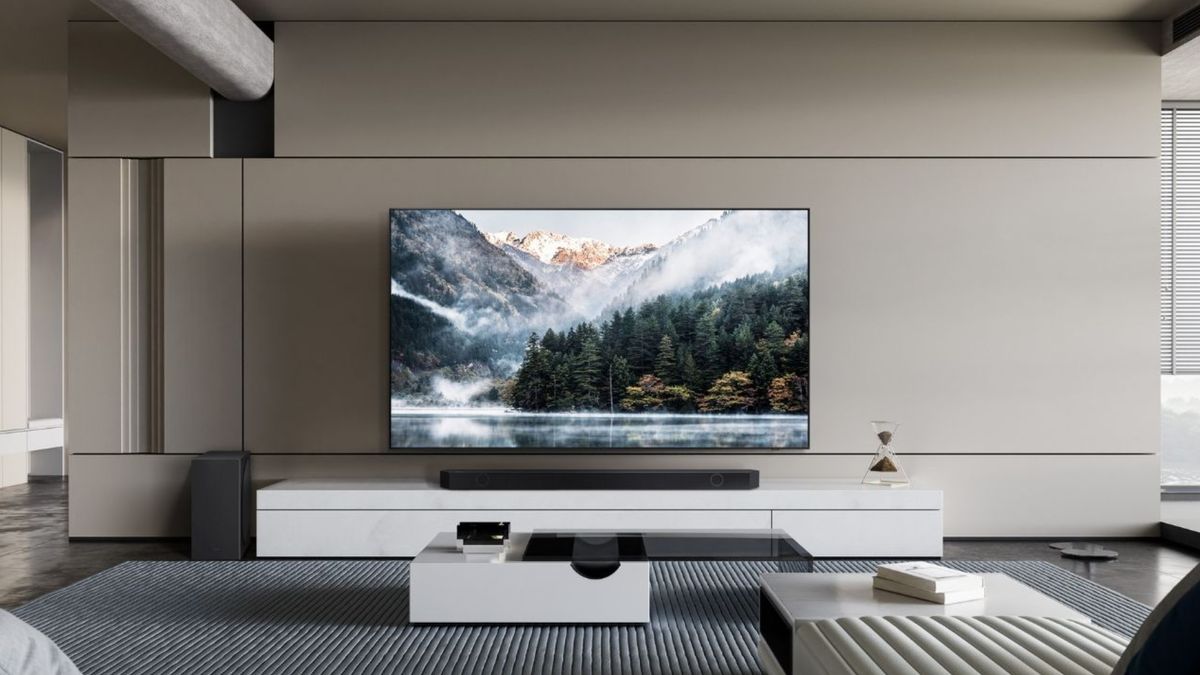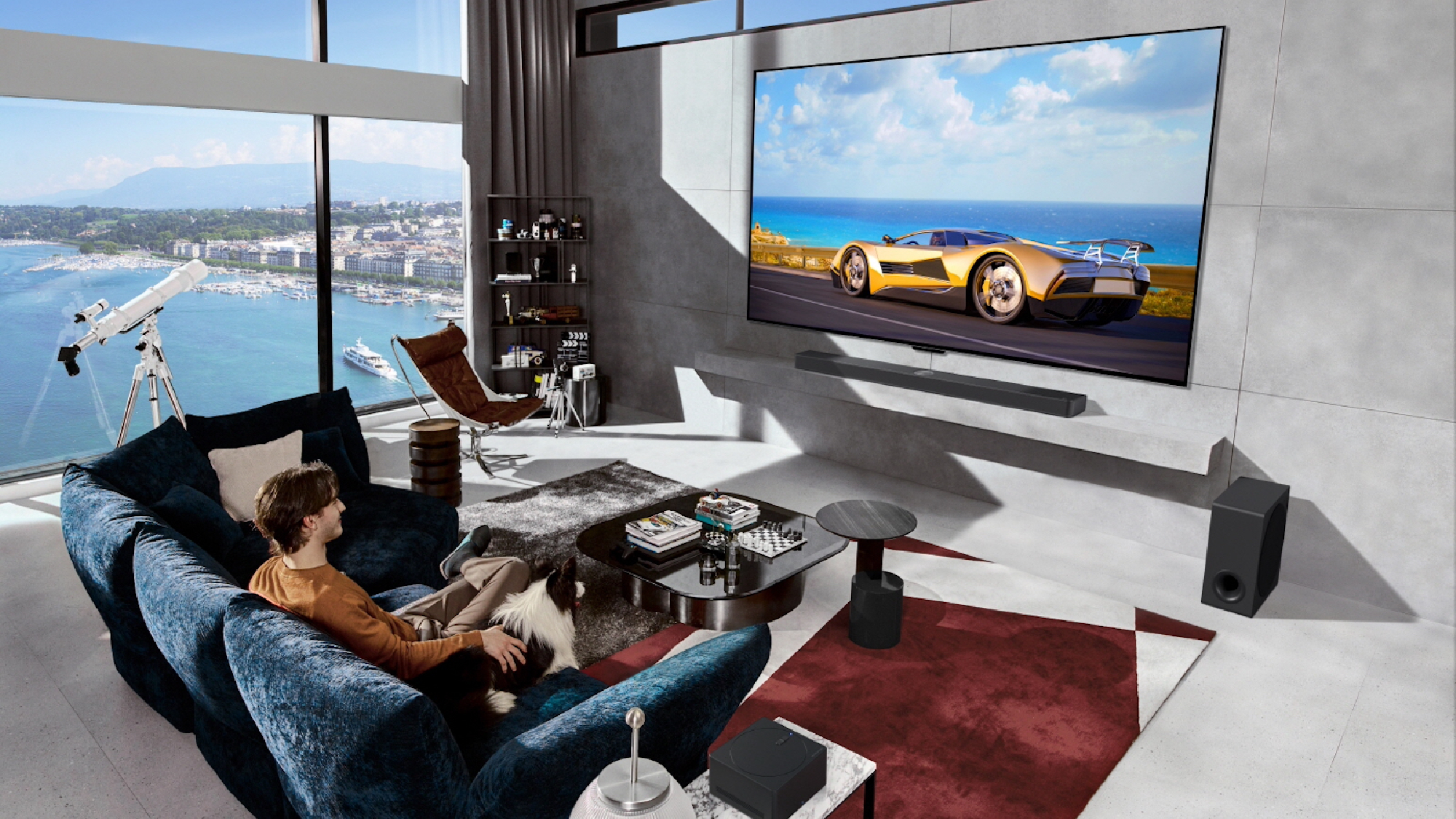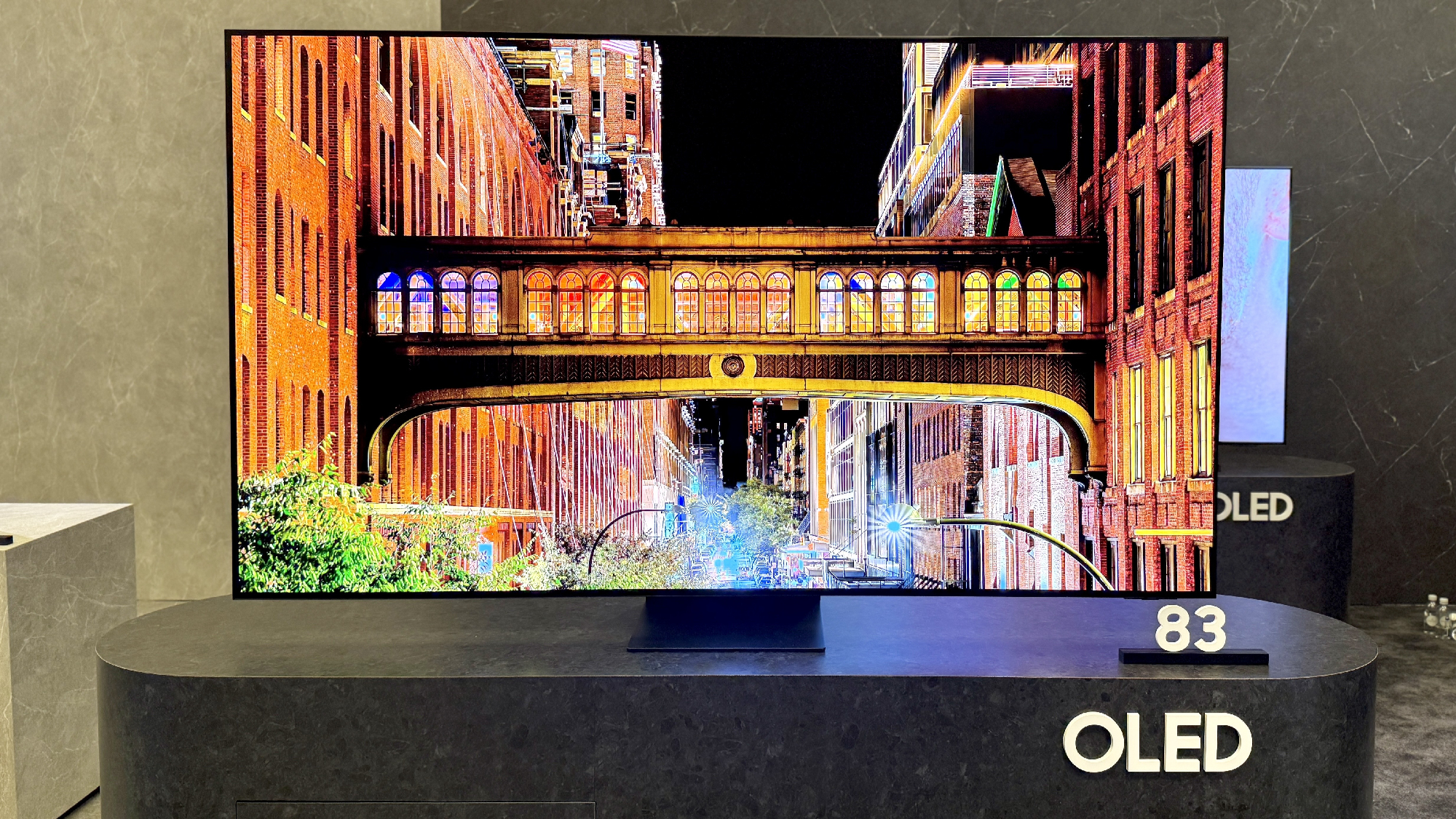
The debut of QD-OLED TVs three years ago made a significant impact on the television industry. Devices like the Samsung S95B and the Sony A95K showcased the remarkable fusion of quantum dot technology and OLED’s inherent advantages, creating a formidable viewing experience. This innovative technology achieved unparalleled color volume and significantly enhanced OLED brightness, nearing the levels found in advanced Mini-LED TVs.
As we usher in 2025, it appears the reign of dominant display technology may be shifting. LG Display’s Primary RGB Tandem OLED has recently emerged, and although we won’t have a definitive assessment for months, early indications suggest a possible transition away from QD-OLED technology.
And you know what? I’m perfectly fine with that.
Diverging Paths in Display Technology

Since 2022, while Samsung and Sony have consistently featured QD-OLED screens at the forefront of their OLED TV offerings, LG has chosen a different approach.
In response to QD-OLED technology, LG Display introduced Micro Lens Array (MLA) technology, enabling LG OLEDs to compete robustly without relying on Samsung Display’s panels. MLA-enabled models like the LG G4 OLED harness tiny lenses to redirect light effectively, significantly enhancing brightness levels. While MLA OLEDs may not achieve the vibrant, pure colors of QD-OLEDs, their increased peak brightness and LG’s meticulous design ensure they compete fiercely with top-tier offerings from Samsung and Sony.
We’ve been in this situation for some time now; if you’re in the market for one of the finest OLED TVs available, your choice is between a QD-OLED like the Samsung S95D or an MLA-based OLED such as the LG G4 or Panasonic Z95A.
However, the landscape is shifting, and changes are imminent this year.
A New Era for OLED Displays

MLA technology is losing its relevance.
Both LG and Panasonic, who have traditionally utilized LG Display’s MLA OLED technology, are now marketing flagship OLED models equipped with Primary RGB Tandem technology, also known as four-stack OLED. Unless something changes drastically, it seems that MLA technology may be fading away.
The first four-stack OLED TVs available will be the LG G5 OLED and the Panasonic Z95B. According to LG Display, four-stack OLEDs deliver numerous advantages over earlier versions, including a 33% enhancement in peak brightness, a 40% improvement in color brightness, and surprisingly, a 20% reduction in power consumption.
Why do I believe this transition away from MLA technology signals the end for QD-OLED? The answer lies within the details of Samsung’s 2025 TV lineup.
Will Samsung Adopt LG Display’s Four-Stack OLED Panels?

Samsung captured attention at CES 2025 by announcing the addition of an 83-inch version of its flagship OLED TV, the Samsung S95F. Observant tech journalists noted that based on the subpixel layout of the 83-inch model, it does not appear to utilize QD-OLED technology. Nevertheless, Samsung asserts that the performance across all S95F sizes will be consistent. If that holds true, it leads me to believe that the 83-inch S95F might indeed feature LG Display’s four-stack OLED technology.
Of course, I could be mistaken, and we’ll need to monitor the developments closely.
Moreover, there are growing rumors that Sony may be moving away from QD-OLED panels for 2025 and beyond. To clarify, these rumors remain unverified but rather stem from industry chatter and discussions.
If Sony does indeed transition away from QD-OLED, it would signal a significant shift.
It would certainly be a sound strategy for Sony to adopt four-stack technology if LG Display’s new panels are genuinely as beneficial as suggested. This transition could also mean reduced operational costs. If Sony does decide to pivot from QD-OLED to four-stack, it would clearly indicate a paradigm shift within the industry.
I must say, I look forward to these advancements.
Embracing Advances in Television Technology
Amidst an age filled with needless AI enhancements, I’m eager for any technological progress that genuinely improves the visual quality and durability of TVs. While Primary RGB Tandem OLED panels may not be flawless, their introduction might compel major brands to produce superior displays with lower energy consumption, creating a beneficial outcome for consumers.
If this signals the decline of QD-OLED technology, its legacy will serve as a crucial bridge from standard OLEDs to higher-performing, more efficient variants. With a bit of luck, these newer models will offer enhanced visual quality, improved longevity, and in time, become affordable enough for a wider audience. This represents a necessary evolution in a market often fraught with unfulfilled promises.
More from Tom’s Guide









